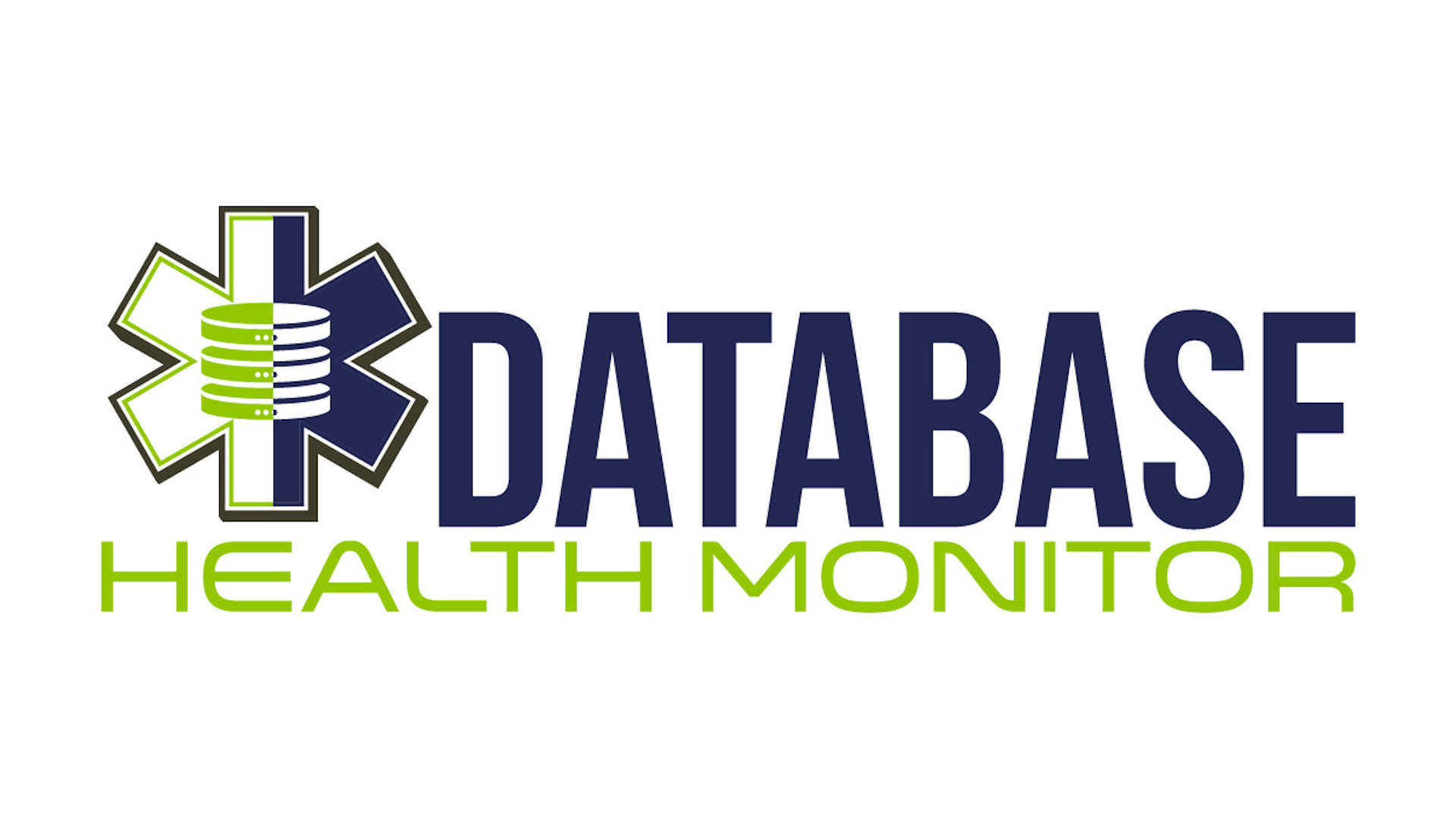Database Health: Wait Statistics and Blocking Queries
In addition to its customizable dashboard, intelligent alerting system, and powerful reporting capabilities, the Database Health Monitor also provides valuable insights into wait statistics and… Read More »Database Health: Wait Statistics and Blocking Queries






